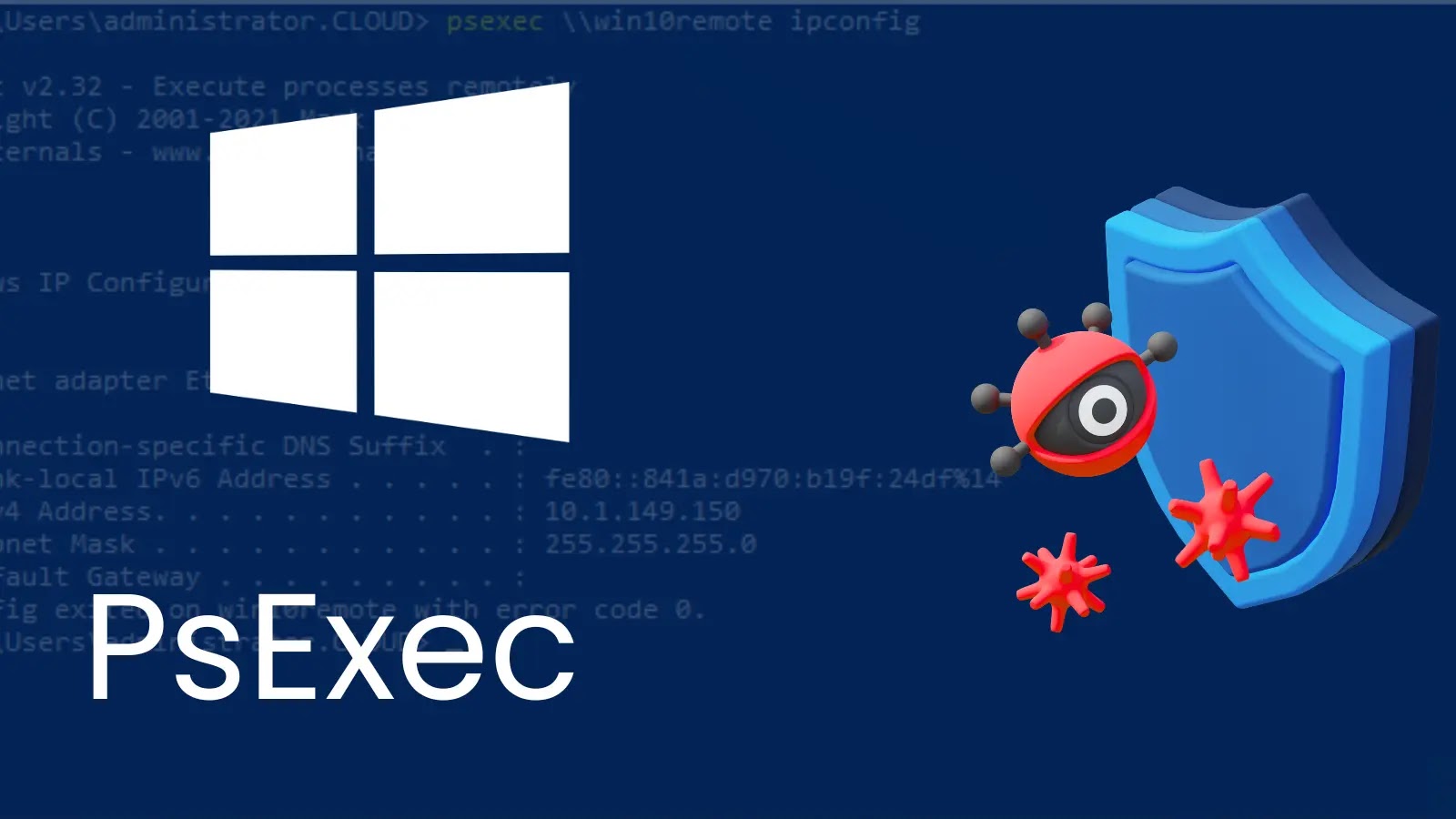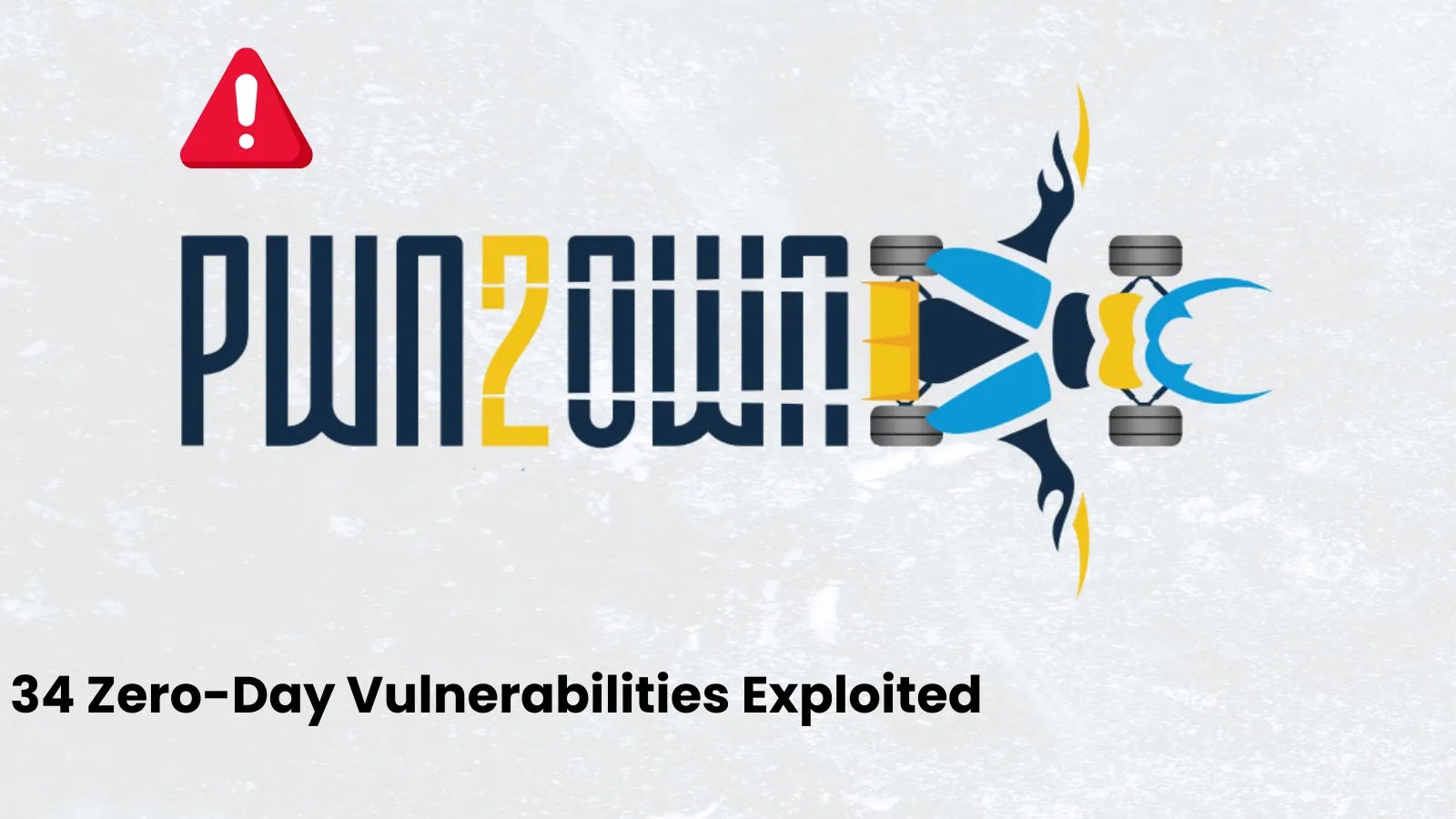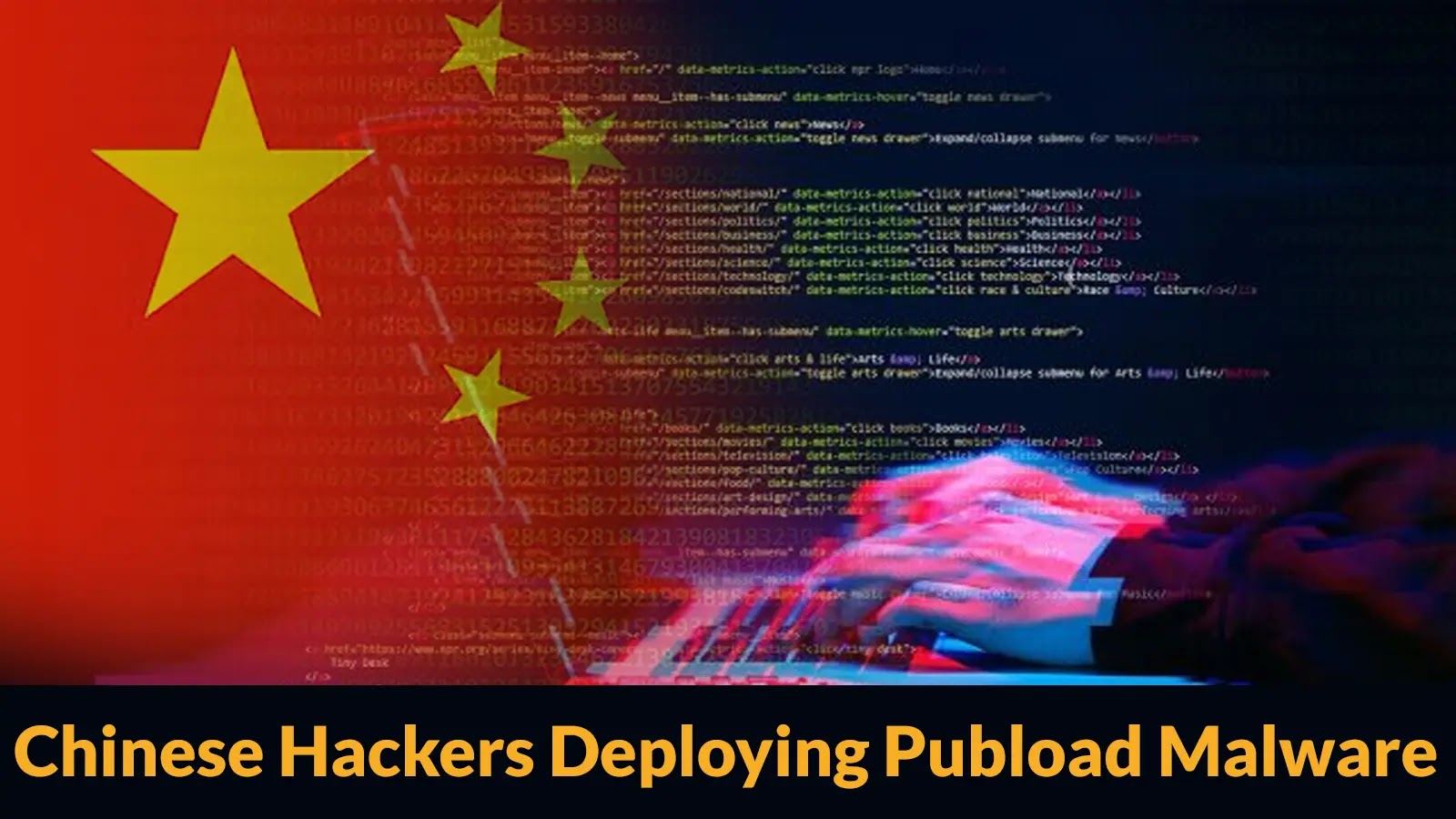PsExec, a command-line utility developed by Microsoft, is designed to facilitate remote execution of processes on Windows systems. While it serves as a powerful tool for system administrators, its capabilities have been increasingly exploited by cybercriminals to propagate malware and execute malicious code across networks.
Technical Overview of PsExec
PsExec operates by establishing a connection to a target machine using the Server Message Block (SMB) protocol. Upon authentication, it accesses the ADMIN$ share, which corresponds to the Windows directory on the target system. The utility then transfers a service executable named PSEXESVC.exe to the target machine and registers it as a Windows service via the Service Control Manager (SCM). This service facilitates the execution of commands with SYSTEM-level privileges, enabling full control over the remote system.
Exploitation by Threat Actors
Cybercriminals have weaponized PsExec to achieve lateral movement within compromised networks. After obtaining administrative credentials—often through methods like credential dumping or phishing—they use PsExec to execute commands remotely, deploy malware, and establish persistence. Notably, ransomware groups such as Medusa and LockBit have utilized PsExec to disable security measures and spread ransomware payloads across networks.
Detection and Mitigation Strategies
Detecting malicious use of PsExec involves monitoring for specific indicators, including:
– Creation of the PSEXESVC service on systems.
– Unusual network traffic patterns associated with SMB protocol.
– Execution of processes with SYSTEM-level privileges initiated remotely.
To mitigate the risks associated with PsExec:
– Restrict Administrative Privileges: Limit the number of users with administrative access to reduce potential misuse.
– Monitor Network Traffic: Implement network monitoring to detect unauthorized SMB connections.
– Employ Endpoint Detection and Response (EDR) Solutions: Utilize EDR tools to identify and respond to suspicious activities related to PsExec usage.
By understanding the dual nature of PsExec and implementing robust security measures, organizations can harness its administrative benefits while safeguarding against its potential exploitation by malicious actors.



